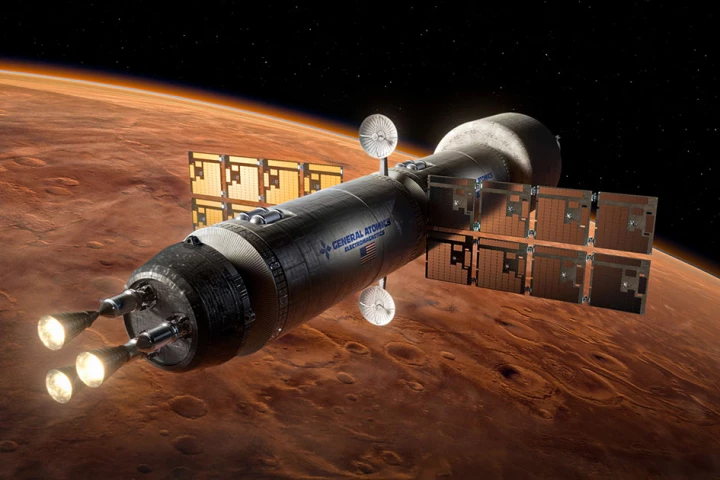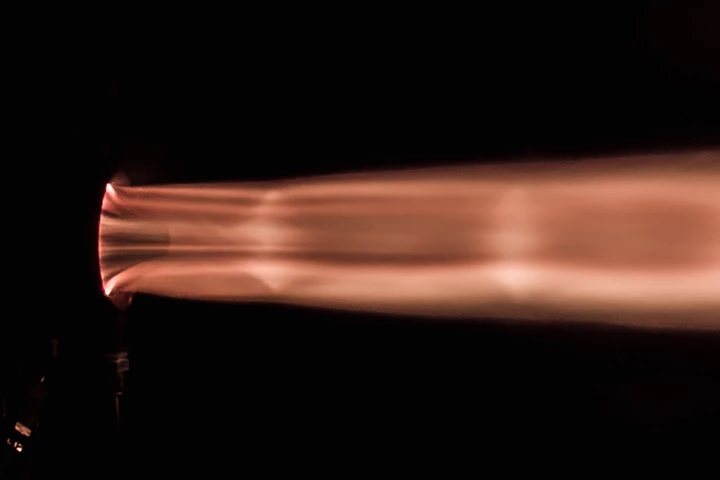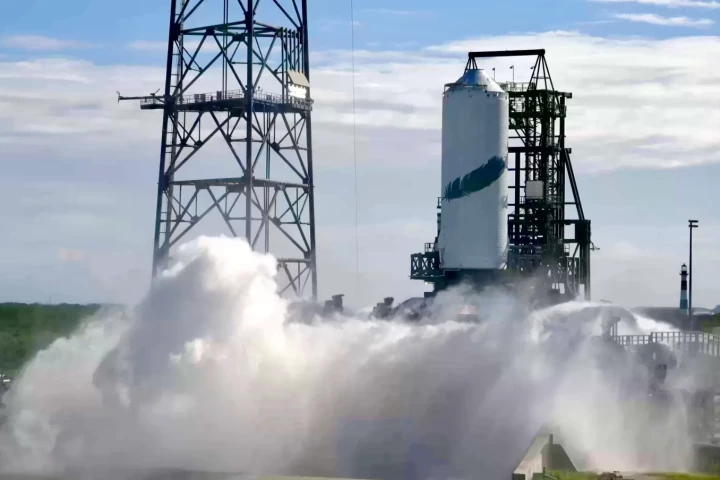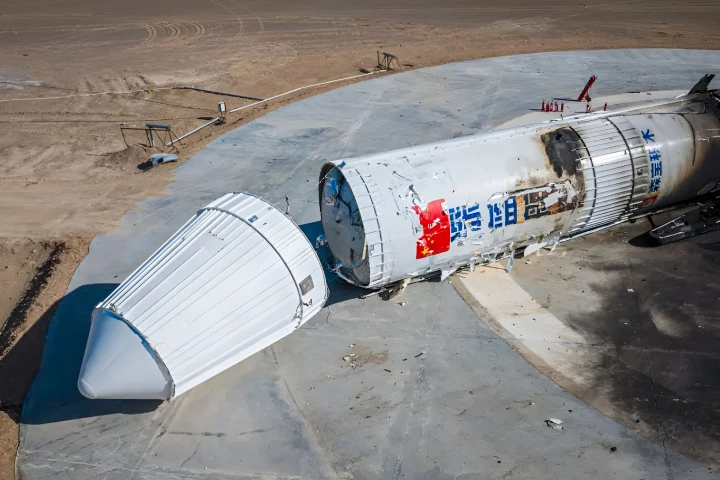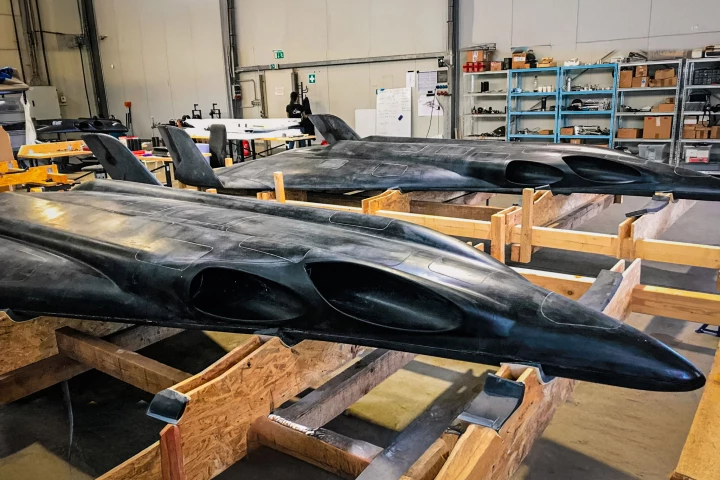Rocket
-
Maybe cars, trucks, and motorcycles aren't exciting enough, because Honda is moving into space vehicles. The company has announced that it has successfully flown a reusable rocket to an altitude of almost 300 m (1,000 ft) and then safely landed it.
-
It seems too good to be true, but UK-based Pulsar Fusion has revealed its new Sunbird self-contained nuclear rocket tug that uses a fusion propulsion engine that could reduce a trip to Mars to under four months and Pluto to under four years.
-
Continental Europe's first attempt at an orbital space launch ended shorter than expected after Isar Aerospace's Spectrum rocket returned to Earth with a bang 30 seconds after lifting off only to crash and explode in the Norwegian Sea next to the pad.
-
General Atomics Electromagnetic Systems (GA-EMS) has successfully tested the nuclear fuel that may one day propel and power the spacecraft of the future. The trials verify that the fuel can survive the harsh environment of a nuclear rocket reactor.
-
Another major contender has entered the launch business as Blue Origin's New Glenn rocket roared into orbit today. At 2:03 am EST, the heavy launcher lifted off from Launch Complex 36 at Cape Canaveral Space Force Station, Florida.
-
Showing how far AI engineering has come, a new aerospike engine burning oxygen and kerosene capable of 1,100 lb (5,000 N) of thrust has successfully been hot-fired. It was designed from front to back using an advanced Large Computational Engineering Model.
-
In a feat that can only be described as legendary, and after many months and a catastrophic setback, Polaris Spaceplanes has finally accomplished something that's never been done before: lit the fuse of an aerospike rocket in flight.
-
Rocket Lab's Neutron is the largest composite rocket ever made. It used to take a large team several weeks to hand-layer that much carbon fiber – but with the company's new Automated Fiber Placement (AFP) machine, it can now be done in a single day.
-
The most abundant metal known to man is iron. It's everywhere. Not just on Earth, but in space as well. Astro engineers have just figured out how to use iron – or nearly any metal for that matter – as plasma rocket fuel.
-
Blue Origin has conducted the first hot-fire static test of the fully integrated second stage of the company's New Glenn orbital rocket. The 15-second test took place on September 23, 2024 at the Cape Canaveral Space Force Station in Florida.
-
China's Nebula-1 reusable first-stage rocket booster took a bit of a tumble on September 22, 2024 when its nearly perfect high-altitude vertical flight ended when it got a bit dented as it crashed into the ground during the powered landing attempt.
-
The world's first flight test for an aerospike rocket engine ended in disaster, but Polaris Aerospace is back on track, preparing to fly second- and third-generation prototypes for its MIRA supersonic/hypersonic aircraft platform within weeks.
Load More



